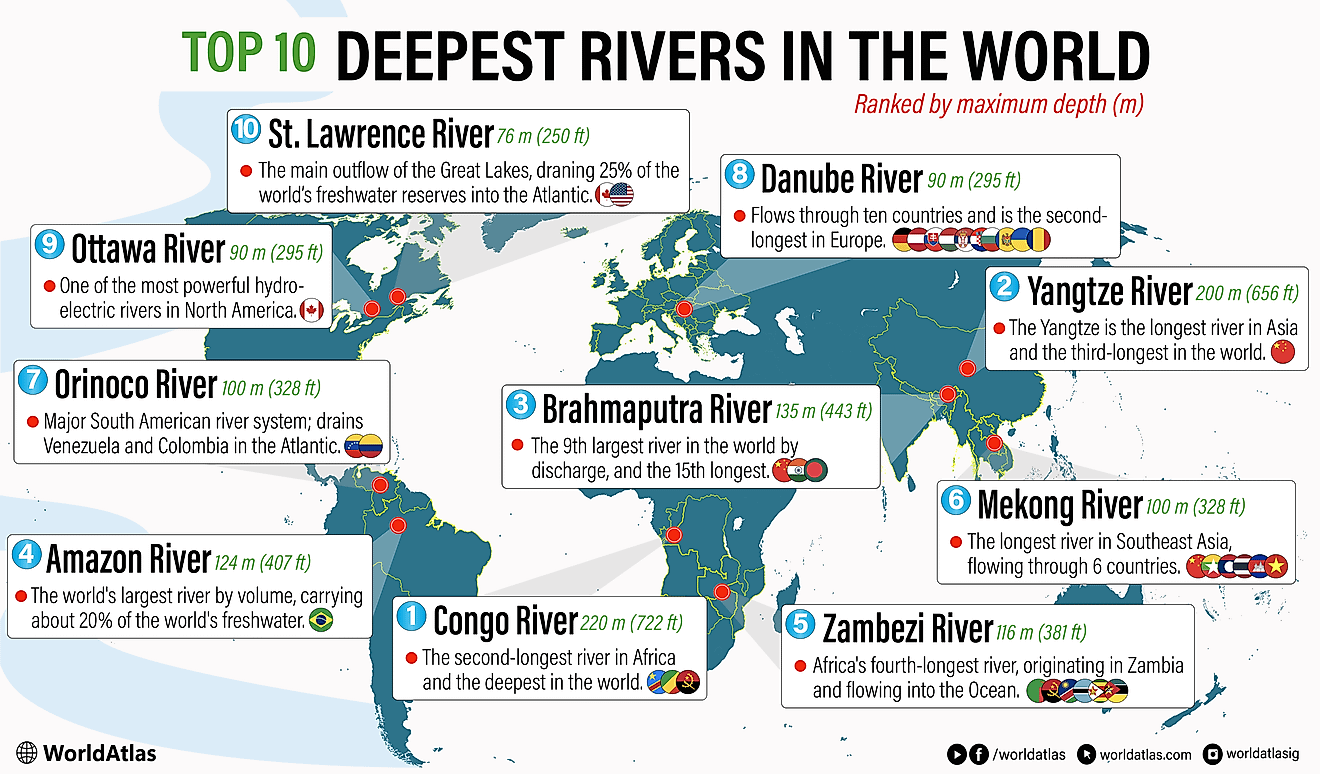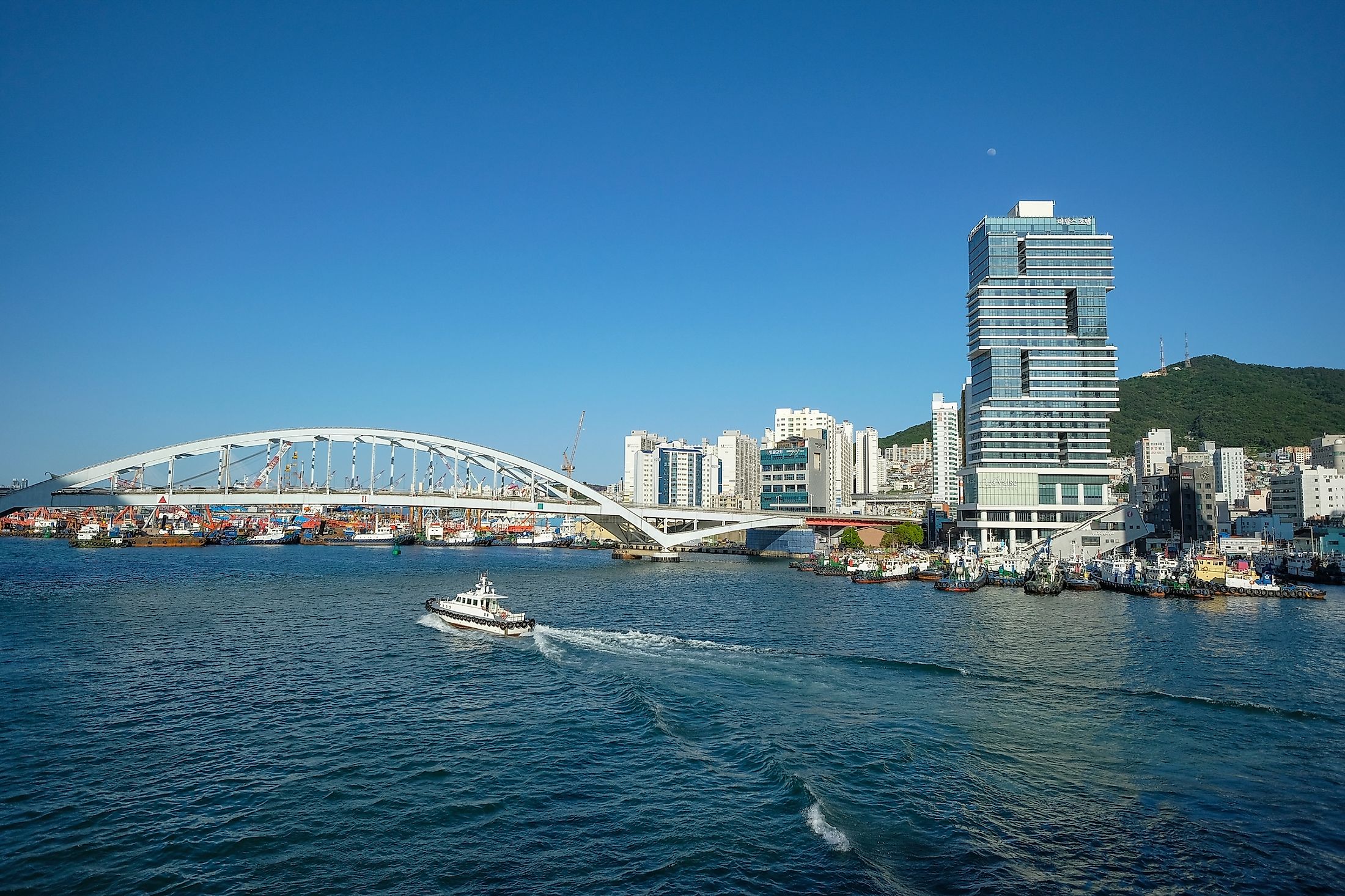
Korea Strait
The Korea Strait is a large, sparkling body of water that fills the gap between South Korea and Japan. The strait connects the East China Sea, the Yellow Sea, and the Sea of Japan in the vast Pacific Ocean. Both Japan and South Korea allow free passage for ships, which is good news for those who need to use the shipping lanes in the strait. The water in the strait goes down 300 feet at its deepest point and is divided into two parts by Tsushima Island. The water stream that runs east is called Tsushima Strait, while the one that runs west was once known as the Chōsen Strait.
Geography Of The Korea Strait
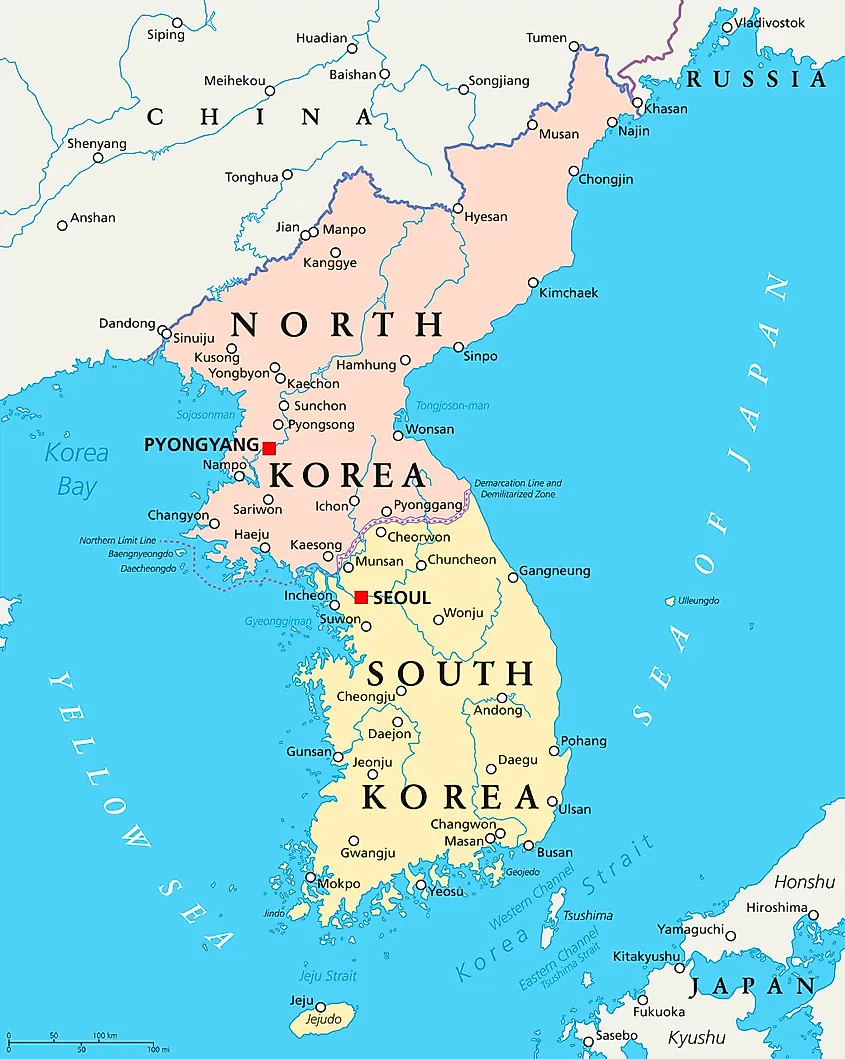
The strait reaches dry land on the southern coast of the Korean Peninsula in the north and on the Japanese islands of Kyushu and Honshu in the south. The 120-wide sea arm comprises a fascinating waterscape of mysterious trenches, deep basins, and underwater ridges. This gorgeous topography provides a habitat for sea life in this part of the world.
Scientists have studied several currents in the strait, including a branch of the Kuroshio Current that passes through it. This warm branch is often referred to as the Tsushima Current. It kicks off along the Japanese islands’ coastline and passes through the Sea of Japan before splitting and flowing along both shores of Sakhalin Island. The current eventually spills over into the northern Pacific after joining the strait north of Hokkaido and also runs into the Sea of Okhotsk near Vladivostok.
Climate Of The Korea Strait
The seas surrounding the strait influence its climate. The landmass on either side is also a factor in the climate variations here. The strait experiences all four seasons, with cold and dry days in winter and temperatures below freezing. Icy Siberian winds often drive the temperatures lower and even bring snow now and then.
In stark contrast, the summers in the strait are hot and humid. Sometimes, the region experiences prolonged heatwaves, making the summer months nearly unbearable. Spring and autumn make up for these extreme temperatures. These seasons are transitional and help to relieve intense hot or cold weather. It’s worth noting that the volcanic island of Jeju off the South Korean coast has its own unique microclimate. This gorgeous island is surrounded by emerald waters and experiences moderate temperatures, which makes it a dream tourist destination.
Marine Life In The Korea Strait
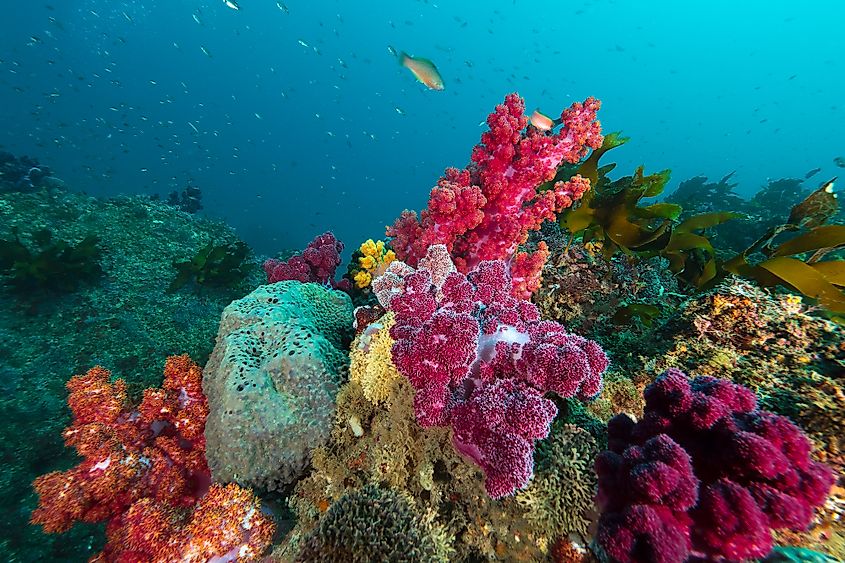
The Korea Strait has several marine ecosystems, and the surrounding sea teems with ocean life. The Tsushima Current brings nutrients from the South Sea to the East Sea – an instrumental process in sustaining the region’s biodiversity. The strait is a habitat for commercially valuable fish species like flounder, mackerel, and several species of sea bream. South Korea’s southern coast and nearby islands feature colorful coral reefs that house fishes and invertebrates.
History Of The Korea Strait
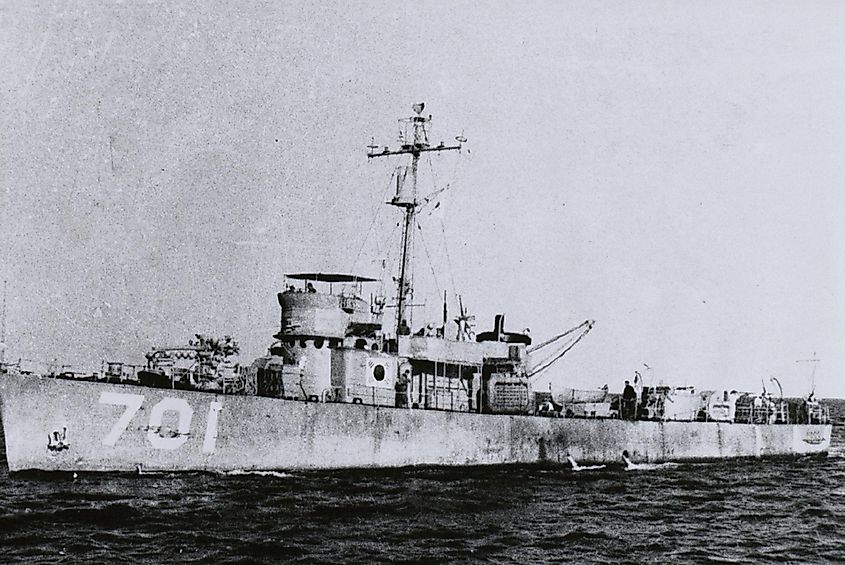
In ancient times, Buddhists and Mongol invaders used the strait to get to Japan. The busy waters were also the backdrop for travel, trade, and piracy. The strait formed a critical route between the Korean Peninsula and Japan. This helped to encourage cultural and religious exchanges. The early timeline of the Korea Strait is filled with stories of raids by Japanese and Korean pirates. They would disrupt the trade route whenever they felt like it, striking fear into the hearts of those living in nearby coastal communities. The strait was also at the center of war conflict during the Battle of Korea Strait at the beginning of the Korean War in 1950. The strait was also politically significant because it allowed for maritime travel in Northeast Asia. Additionally, it allowed diplomatic relations to thrive between the countries that lie on either side of its shores.
The Korea Strait Today
In 2023, the Korea Strait is as important as it was in the days of the Buddhists and Mongols. It is a main trade route between Japan and South Korea, with major ports on both sides. These ports regulate the regional trade and commerce activities for both countries. The strait also forms part of security and defense measures in these countries. The Korea Strait is a fascinating subject of study for scientists and historians. They hope to continue to highlight its complex geography, historical importance, and the relevance of the strait as it shapes East Asian maritime trade in this modern era.











